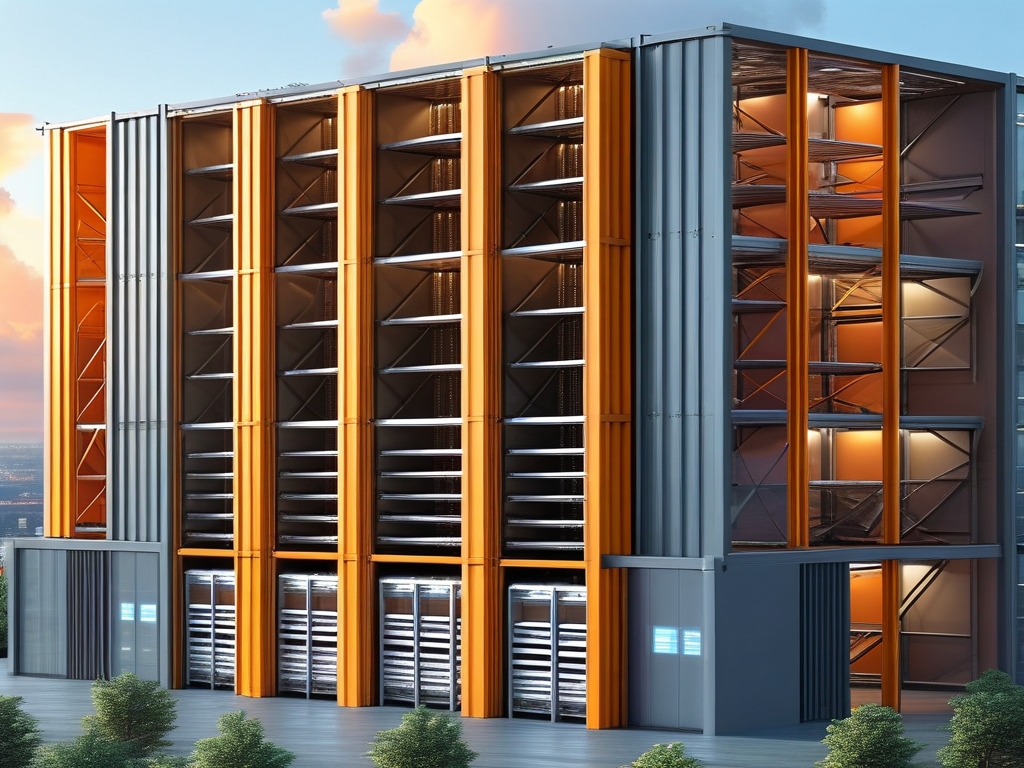Hybrid cloud storage architecture has emerged as a transformative solution for organizations seeking to balance cost, scalability, and security in data management. By integrating on-premises infrastructure with public and private cloud services, hybrid models offer unparalleled flexibility. This article provides a detailed exploration of hybrid cloud storage architecture, supported by diagrams to visualize its components, workflows, and benefits.
What is Hybrid Cloud Storage?
Hybrid cloud storage combines local storage systems (on-premises servers or private clouds) with public cloud platforms like AWS, Azure, or Google Cloud. This setup enables seamless data migration, redundancy, and workload optimization. For instance, sensitive data can reside on-premises for compliance, while less critical data leverages the scalability of public clouds.

Key Components of Hybrid Cloud Storage Architecture
- On-Premises Infrastructure: Includes physical servers, storage arrays, and networking equipment. These resources handle latency-sensitive workloads or data bound by regulatory requirements.
- Private Cloud: A dedicated cloud environment, often hosted on-premises or by a third party, offering controlled access and customization.
- Public Cloud: Scalable, pay-as-you-go services from providers like AWS S3 or Azure Blob Storage, ideal for backups, archives, or burst workloads.
- Orchestration Layer: Software tools (e.g., Kubernetes, VMware) that manage data flow, ensuring synchronization between on-premises and cloud environments.
- APIs and Gateways: Enable secure communication and data transfer between disparate systems.
- Security Framework: Encryption, identity management, and firewalls to protect data across environments.
Diagram 1: Basic Hybrid Cloud Storage Workflow
[Diagram description: A flowchart showing data generated on-premises being encrypted, split into critical/non-critical segments, and routed to private or public clouds based on policies. Orchestration tools monitor performance and automate scaling.]

Advantages of Hybrid Cloud Storage
- Cost Efficiency: Pay only for public cloud resources when needed, reducing capital expenditure.
- Scalability: Handle traffic spikes by offloading data to the cloud.
- Disaster Recovery: Cloud backups ensure business continuity during on-premises failures.
- Compliance: Sensitive data remains on-premises, adhering to regulations like GDPR or HIPAA.
Challenges and Mitigations
- Complexity: Managing multiple environments requires robust orchestration tools.
- Latency: Critical applications may suffer if overly reliant on cloud resources. Mitigate by prioritizing on-premises processing for time-sensitive tasks.
- Security Risks: Unified security policies and end-to-end encryption are essential.
Diagram 2: Security Layers in Hybrid Architecture
[Diagram description: A layered model showcasing encryption at rest/in transit, multi-factor authentication, and segregated networks for on-premises/cloud components.]
Use Cases
- Healthcare: Store patient records on-premises for compliance while using the cloud for AI-driven analytics.
- E-commerce: Use public clouds for seasonal traffic surges and on-premises systems for transaction databases.
- Media: Archive legacy content in low-cost cloud storage while editing high-resolution files locally.
Implementation Best Practices
- Assess Workloads: Classify data based on sensitivity, access frequency, and compliance needs.
- Leverage Automation: Deploy tools like Terraform or Ansible to streamline deployments.
- Monitor Performance: Use platforms like Datadog or CloudHealth to track costs and latency.
Diagram 3: Hybrid Cloud Deployment Pipeline
[Diagram description: A CI/CD pipeline integrating on-premises testing environments with cloud-based deployment stages, emphasizing DevOps integration.]
Future Trends
- Edge Computing Integration: Hybrid architectures will increasingly incorporate edge nodes for real-time data processing.
- AI-Driven Optimization: Machine learning algorithms will automate data placement and cost management.
- Unified Management Platforms: Single-pane solutions for monitoring hybrid environments will become standard.
Hybrid cloud storage architecture is not a one-size-fits-all solution but a strategic framework tailored to organizational needs. By combining the control of on-premises systems with the agility of the cloud, businesses can achieve operational resilience and innovation. The diagrams and insights provided here serve as a roadmap for designing, securing, and optimizing hybrid storage ecosystems.






